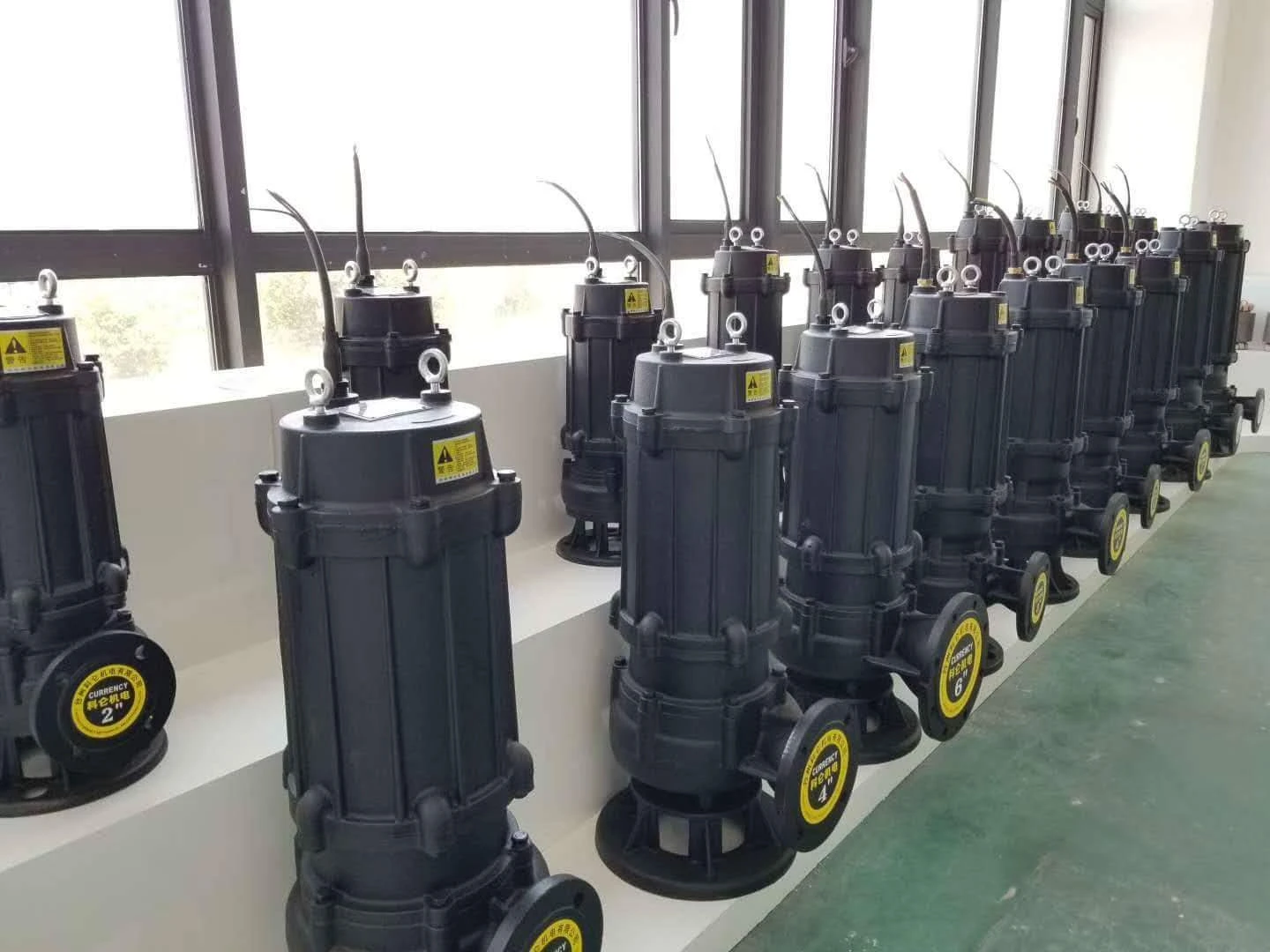Tagalog
- Afrikaans
- Albanian
- Amharic
- Arabic
- Armenian
- Azerbaijani
- Basque
- Belarusian
- Bengali
- Bosnian
- Bulgarian
- Catalan
- Cebuano
- Corsican
- Croatian
- Czech
- Danish
- Dutch
- English
- Esperanto
- Estonian
- Finnish
- French
- Frisian
- Galician
- Georgian
- German
- Greek
- Gujarati
- Haitian Creole
- hausa
- hawaiian
- Hebrew
- Hindi
- Miao
- Hungarian
- Icelandic
- igbo
- Indonesian
- irish
- Italian
- Japanese
- Javanese
- Kannada
- kazakh
- Khmer
- Rwandese
- Korean
- Kurdish
- Kyrgyz
- Lao
- Latin
- Latvian
- Lithuanian
- Luxembourgish
- Macedonian
- Malgashi
- Malay
- Malayalam
- Maltese
- Maori
- Marathi
- Mongolian
- Myanmar
- Nepali
- Norwegian
- Norwegian
- Occitan
- Pashto
- Persian
- Polish
- Portuguese
- Punjabi
- Romanian
- Russian
- Samoan
- Scottish Gaelic
- Serbian
- Sesotho
- Shona
- Sindhi
- Sinhala
- Slovak
- Slovenian
- Somali
- Spanish
- Sundanese
- Swahili
- Swedish
- Tagalog
- Tajik
- Tamil
- Tatar
- Telugu
- Thai
- Turkish
- Turkmen
- Ukrainian
- Urdu
- Uighur
- Uzbek
- Vietnamese
- Welsh
- Bantu
- Yiddish
- Yoruba
- Zulu
Telephone: +86 13120555503
Email: frank@cypump.com
Sep . 25, 2024 19:00 Back to list
sewer tank pump
Understanding Sewer Tank Pumps Essential Components for Wastewater Management
Sewer tank pumps play a critical role in modern wastewater management systems. These pumps are designed to transport sewage and wastewater from one place to another, ensuring that the waste is effectively managed and treated. Whether in residential, commercial, or industrial settings, sewer tank pumps serve as the backbone of effective sanitation practices. In this article, we'll explore the importance, working principles, types, and maintenance of sewer tank pumps.
Importance of Sewer Tank Pumps
Sewer tank pumps are vital for maintaining public health and environmental safety. In urban areas where sewer systems are complex and often overloaded, these pumps help to manage excess wastewater efficiently. They prevent backups and overflows, which can lead to unsanitary conditions and environmental pollution. Moreover, sewer tank pumps are essential in locations where gravity flow drainage is not possible, such as in basements or low-lying areas.
Additionally, efficient wastewater management reduces the risk of disease transmission caused by untreated sewage. By ensuring that waste is transported safely to treatment facilities, sewer tank pumps contribute significantly to safeguarding public health.
How Sewer Tank Pumps Work
Sewer tank pumps operate by utilizing a motor-driven mechanism that moves sewage from a tank to a sewage treatment facility or sewer line. The main components of these pumps include
1. Pump Housing This is the outer casing that protects the internal mechanisms of the pump from external damage and corrosion. 2. Impeller Inside the pump, the impeller is responsible for drawing in sewage and driving it out through the discharge pipe. The design of the impeller can vary based on the type of pump, influencing its efficiency and capacity.
3. Motor The electric motor powers the pump and determines its operational efficiency. Some pumps also have backup systems in case of a power failure.
4. Float Switch Many sewer tank pumps come equipped with a float switch, which automatically activates the pump based on the water level in the tank. This ensures that the pump operates only when necessary, conserving energy.
When sewage accumulates in a tank, the float switch triggers the pump to turn on, drawing in the waste and moving it to the sewer line or treatment facility. This cycle continues until the water level drops to a predetermined level, prompting the pump to shut off.
Types of Sewer Tank Pumps
There are several types of sewer tank pumps, each suited for different applications
sewer tank pump

1. Submersible Pumps These pumps are installed underwater, making them ideal for pumping water from lower lying areas. They are efficient and can handle solids without clogging.
2. Effluent Pumps Designed for pumping liquid waste that contains small solids, effluent pumps are often used in septic systems and are capable of pushing wastewater over long distances.
3. Grinder Pumps These pumps are equipped with a rotating cutter to grind solid waste into smaller particles before pumping, ensuring that the waste can move through smaller pipes without obstruction.
Maintenance of Sewer Tank Pumps
Regular maintenance of sewer tank pumps is crucial for ensuring long-term functionality and reliability. Here are some maintenance tips
- Routine Inspections Regularly check the pump for signs of wear or damage. Look for leaks, noisy operation, or any unusual performance issues.
- Clean the Sump Keep the sump basin clean to prevent debris accumulation, which can obstruct the pump's operation.
- Test the Float Switch Ensure the float switch is functioning properly. A malfunctioning float switch can lead to overflows or pump failure.
- Check Electrical Connections Inspect the electrical components regularly to ensure they are secure and free from corrosion.
- Professional Servicing Consider hiring a professional to perform comprehensive maintenance checks periodically, particularly if you notice any issues.
Conclusion
Sewer tank pumps are indispensable in modern sanitation systems, helping manage wastewater effectively and promoting public health. Understanding their function, types, and maintenance needs is vital for anyone involved in property management or construction. By investing in proper maintenance and being aware of their operation, we can ensure that our wastewater management systems remain efficient and safe for all.
-
ISG Series Pipeline Pump - Chi Yuan Pumps | Energy Efficiency&Compact Design
NewsAug.03,2025
-
ISG Series Vertical Pipeline Pump - Chi Yuan Pumps Co., LTD.|High Efficiency, Low Noise, Durable
NewsAug.02,2025
-
ISG Series Vertical Pipeline Pump - Chi Yuan Pumps | High Efficiency, Low Noise
NewsAug.02,2025
-
ISG Series Vertical Pipeline Pump- Chi Yuan Pumps Co., LTD.|High Efficiency&Compact Design
NewsAug.02,2025
-
Heavy-Duty Mining Sludge Pumps - Wear-Resistant Slurry Handling
NewsAug.02,2025
-
Horizontal Split Case Pump with GPT-4 Turbo | High Efficiency
NewsAug.01,2025










